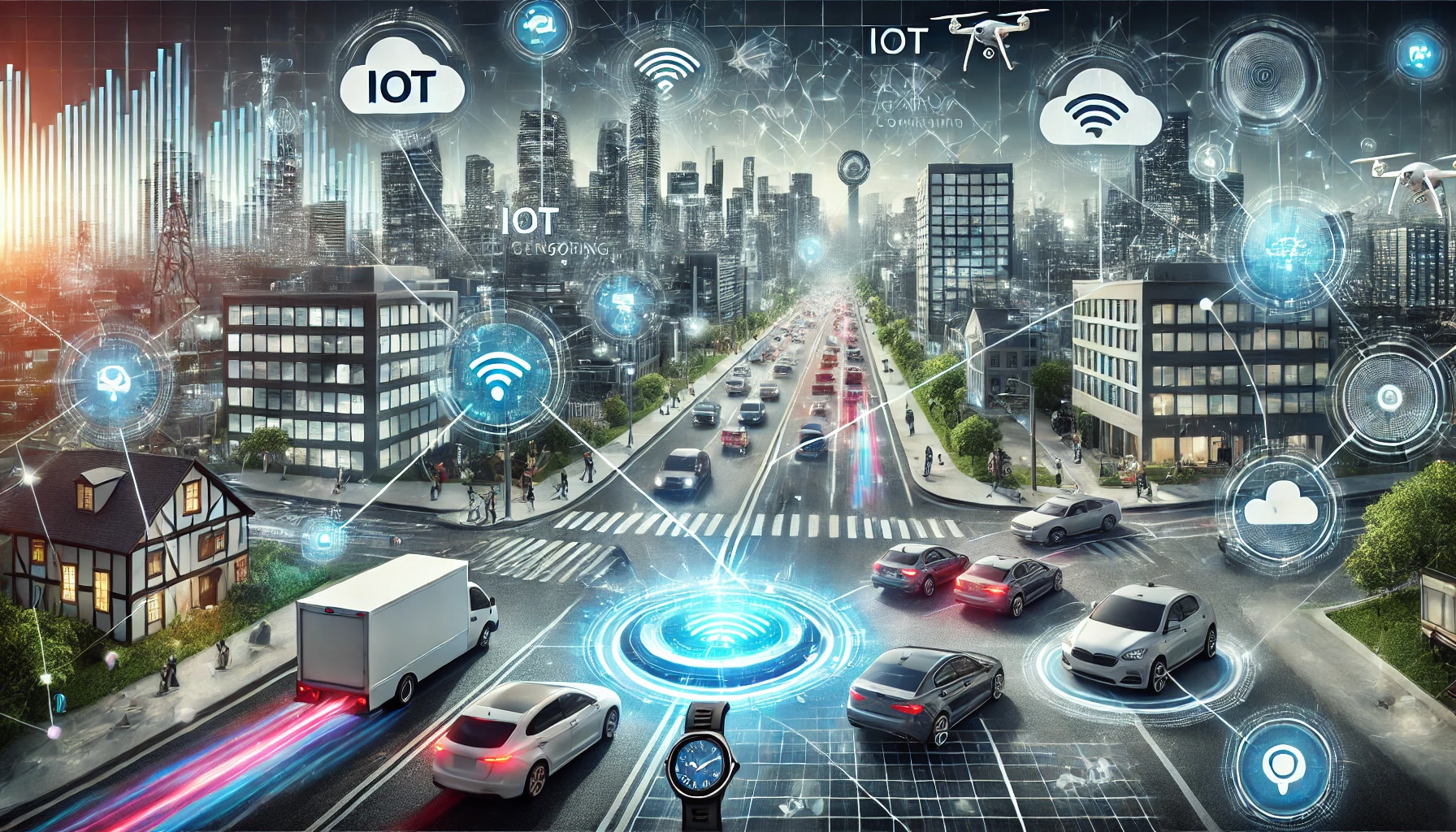Edge Computing: Bringing Technology Closer to You
In our fast-paced, technology-driven world, processing data quickly and efficiently is more important than ever. Traditionally, data is sent to faraway data centers or the cloud for processing. But what if this processing could happen closer to where the data is generated? That’s where edge computing comes into play.
What is Edge Computing?
Edge computing is a technology that processes data at or near the “edge” of the network, where it is generated. Instead of relying solely on centralized data centers, edge computing brings computation and data storage closer to devices like smartphones, sensors, or IoT (Internet of Things) gadgets.
In simple words, think of edge computing as moving the brain of an operation closer to the action. It reduces the time it takes for data to travel back and forth, making processes faster and more efficient.
Why is Edge Computing Important?
The amount of data we create daily is enormous. Sending all of this information to distant data centers for processing can cause delays, especially for time-sensitive applications. Edge computing addresses this problem by:
Reducing Latency: Processing data closer to the source reduces delays.
Improving Reliability: Even if the central network goes down, edge devices can continue working.
Saving Bandwidth: By processing data locally, only essential information is sent to the cloud, reducing internet traffic.
Enhancing Security: Data can be processed locally, minimizing the risk of breaches during transmission.

How Does Edge Computing Work?
Imagine you have a smart security camera at home. Traditional systems send all the video footage to a cloud server for analysis, which can take time. With edge computing, the camera itself can process the footage to detect motion or recognize faces. This allows for quicker responses, such as sending alerts or turning on lights.
Examples of Edge Computing in Action
1. Smart Homes
Example: Smart speakers like Amazon Echo or Google Home use edge computing to process voice commands locally before sending specific queries to the cloud. This makes devices more responsive and efficient.
2. Healthcare
Example: Wearable devices like smartwatches monitor heart rates or detect irregularities in real time. Instead of sending raw data to the cloud, edge computing analyzes the data locally and sends alerts if something unusual is detected.
3. Autonomous Vehicles
Example: Self-driving cars rely on edge computing to process data from sensors and cameras instantly. This enables real-time decision-making, like stopping for a pedestrian or navigating traffic.
4. Retail
Example: Smart checkout systems in stores analyze products and prices on the spot, providing faster and more seamless shopping experiences without the need for traditional checkout lines.
5. Manufacturing
Example: In factories, sensors monitor equipment to detect potential breakdowns. Edge computing processes this data on-site, enabling predictive maintenance and reducing downtime.
6. Gaming
Example: Cloud gaming platforms like NVIDIA GeForce NOW use edge servers to provide smoother gameplay by processing graphics and actions closer to the player’s location.
Benefits of Edge Computing
Speed: By processing data closer to its source, edge computing ensures faster response times.
Cost-Efficiency: It reduces the need for expensive bandwidth by handling data locally.
Scalability: With edge devices handling specific tasks, businesses can scale their operations without overloading central systems.
Privacy: Local data processing helps protect sensitive information by limiting what gets transmitted over the internet.
Challenges of Edge Computing
While edge computing offers many advantages, it also comes with challenges:
Complexity: Managing multiple edge devices and ensuring they work seamlessly can be complicated.
Security Risks: Although data stays local, edge devices can be vulnerable to physical tampering or cyberattacks.
Cost of Deployment: Setting up edge infrastructure may require initial investment.
The Future of Edge Computing
Edge computing is rapidly evolving and becoming a key part of modern technology. Here are some trends to watch:
5G Networks: With faster and more reliable connections, 5G will complement edge computing, enabling applications like augmented reality (AR) and virtual reality (VR).
AI Integration: Artificial intelligence on edge devices will make systems smarter and more autonomous.
IoT Growth: As more devices connect to the internet, edge computing will be essential to manage and process the data they generate.
Smart Cities: From traffic management to waste disposal, edge computing will play a vital role in making cities smarter and more efficient.
Conclusion
Edge computing is transforming the way we interact with technology by bringing processing power closer to where it’s needed most. From making our homes smarter to improving healthcare and enabling autonomous vehicles, edge computing is paving the way for a faster, more efficient future.
As this technology continues to grow, it’s clear that edge computing is not just a trend but a necessary evolution in our increasingly connected world. By reducing delays, enhancing reliability, and improving security, it ensures that we’re always one step closer to the action.






